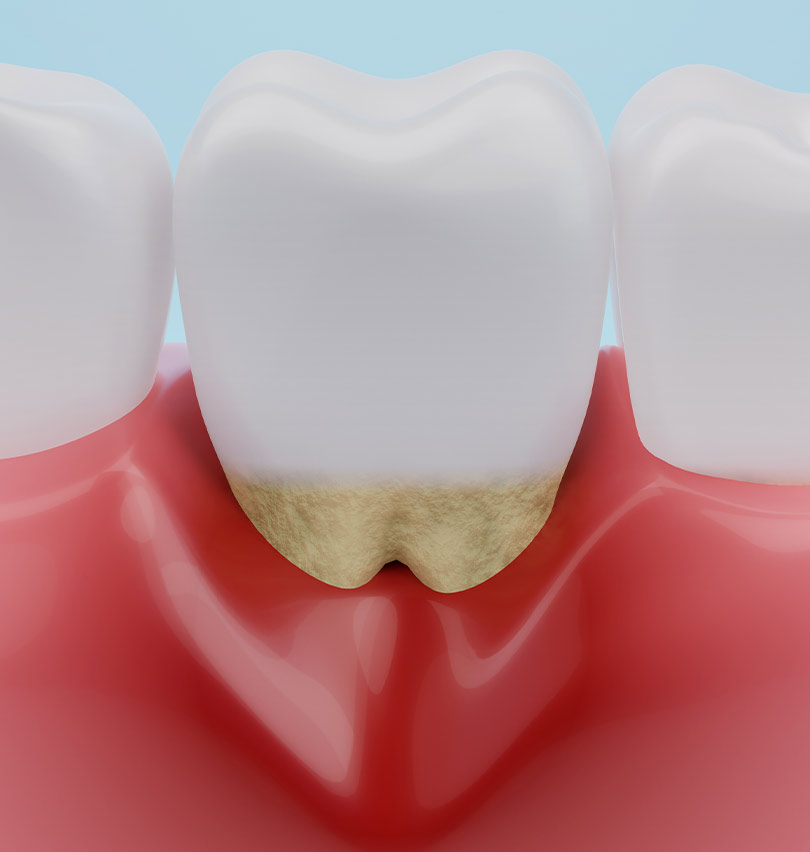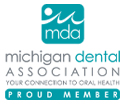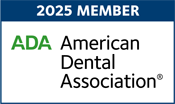Gum Disease Treatment
Many people don’t realize that gum disease is incredibly common in the United States and is one of the top causes of adult tooth loss. Hayden Dental Group can help treat your gums to prevent any major issues and keep your whole mouth healthy.


Be aware of Gum Disease Symptoms
Gum disease, especially in its early stages, may not have symptoms. This is why it’s important to visit our office every six months for a professional cleaning and exam. Please let us know if you are experiencing any of the following symptoms of gum disease:
- Swollen or red gums
- Gums that bleed easily when brushing or flossing
- A receding gum line
- Gums that are tender to touch or pressure
- Pus buildup between gums and teeth
- Mouth sores
- Chronic bad breath
- Spaces opening between gums and teeth
- Mouth pain that won’t go away
- Misaligned bite or changes in your bite
- Lost permanent teeth
As gum disease progresses, the damage becomes more permanent. If you have symptoms of gum disease, please let us know right away!
Gingivitis
The earliest stage of gum disease is also known as gingivitis, which is caused by plaque that has built up over time. The bacteria in the plaque can leak toxins into your gums.
Periodontitis
The second stage of gum disease is known as periodontitis. In this stage, the disease spreads to the gum tissue and can cause infection in the bone tissue. This is the time when adults often start to have issues with their permanent teeth.
Fortunately, we offer scaling and root planing to help treat this phase of gum disease. Keep reading to find out more about our treatment options. In some cases, referral to a periodontist (gum specialist) is needed.
Aggressive Periodontitis
When gum disease attacks the bone tissues and is left untreated, adult teeth start falling out. Patients who have lost teeth may want to consider tooth replacement options like dental implants or dental bridges.
Root Scaling and Planing to Treat Gum Disease
Scaling and root planing is a treatment designed for deep scaling of the root surface to smooth out the rough areas left by bacterial infection. The hygienist may occasionally apply medicine directly to the root during treatment, but only if necessary.
Like scaling, root planning uses precision tools and methods to get under the gumline and remove plaque bacteria and tartar. We can also administer local anesthesia when needed to help you feel more comfortable during your appointment.



